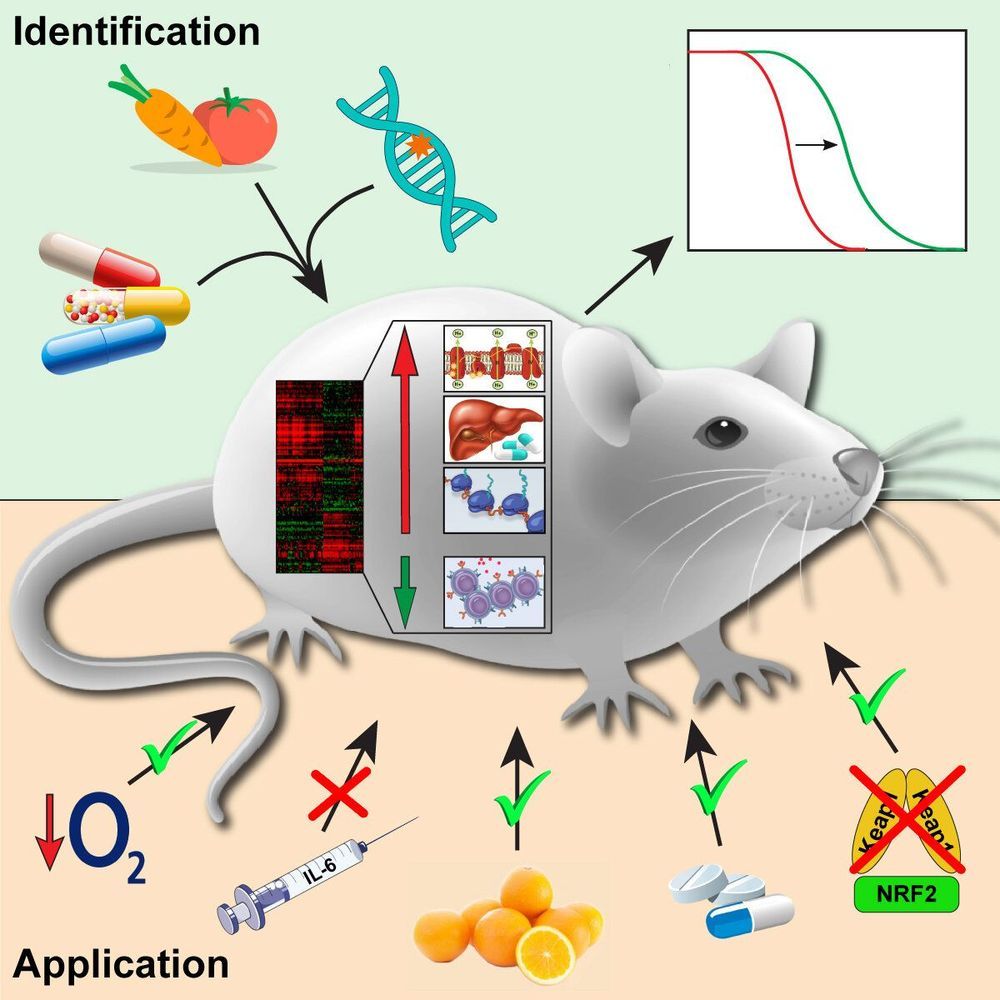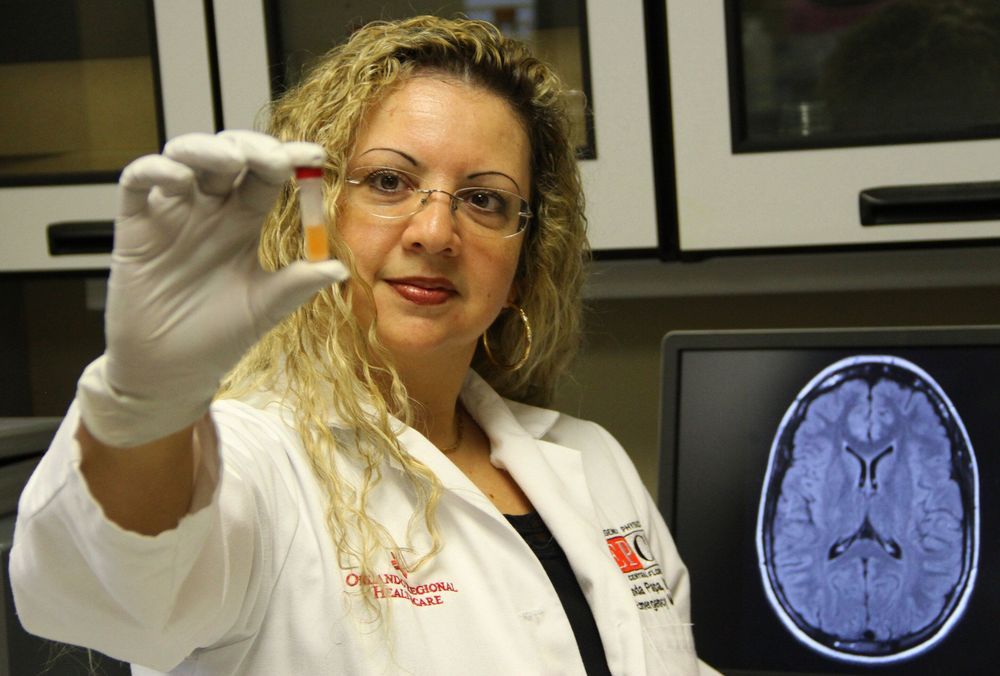Aug 26, 2019
Disappearing act: Device vanishes on command after military missions
Posted by Quinn Sena in categories: materials, military
https://youtube.com/watch?v=A7QXerW77I4
A polymer that self-destructs? While once a fictional idea, new polymers now exist that are rugged enough to ferry packages or sensors into hostile territory and vaporize immediately upon a military mission’s completion. The material has been made into a rigid-winged glider and a nylon-like parachute fabric for airborne delivery across distances of a hundred miles or more. It could also be used someday in building materials or environmental sensors.
The researchers will present their results today at the American Chemical Society (ACS) Fall 2019 National Meeting & Exposition.
Continue reading “Disappearing act: Device vanishes on command after military missions” »

















